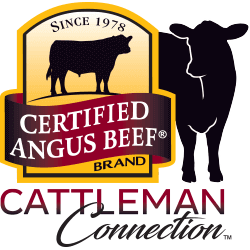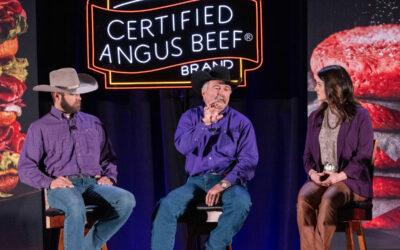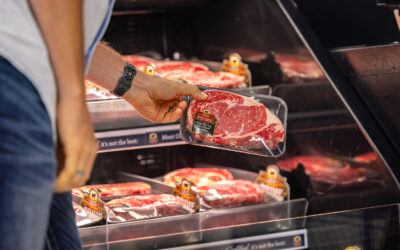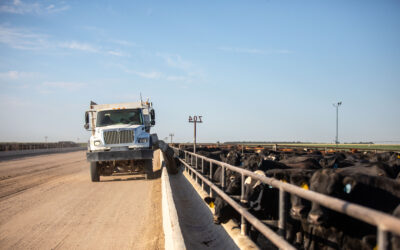
Drought’s silver lining
Just last week, I visited a club calf breeder when the topic turned to how things have changed in the last few years. He said the drought forced him to reduce his cow herd by almost 100 head, but he now has a better, more profitable herd because of it. With only the best and youngest cows remaining, he’s poised to spend less and make more.
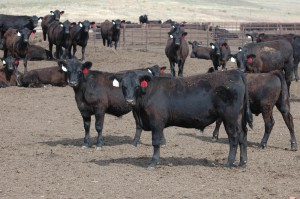
Mark McCully, vice president of supply, says the big story continues to be improvement in grade.
“We see weeks where the industry continues to have an all-time record high percentage of Choice and Prime, and that then coincides with record-high Certified Angus Beef® brand acceptance rates. And in the month of June, for the first time ever, we exceeded 30% CAB across the nation for the entire month,” he says.
That typically leads to the discussion of “How?” and “Why?” Tight supplies and relatively inexpensive feed, coupled with premiums and market incentives to produce a higher quality product, have encouraged feeders to feed cattle longer.
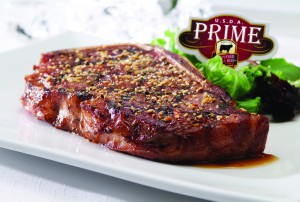
And that’s good news for everyone.
-Katrina
Katrina Huffstutler is a freelance writer based in Electra, Texas. She’s a frequent contributor to the Black Ink team and lover of functional cattle and quality beef.
You may also like
Gardiners Highlight Service, Strength at Foodservice Leaders Summit
Mark Gardiner and his son, Cole, of Gardiner Angus Ranch offered a boots-on-the-ground perspective for CAB specialists attending the annual event, designed to deliver resources that help train foodservice teams and serve consumers at a higher level.
Chef Coats and Cowboy Hats
Two worlds collide, with one focused on raising the best beef and the other crafting dishes that honor it. This innovative program unites students from Johnson & Wales University and ranchers from across the United States, offering an immersive look at the beef industry.
Mark Ahearn Completes Term as CAB Board Chairman
Mark Ahearn admits his role as the chairman has meant a lot to him and his family. He expresses gratitude to those who believed in him throughout the past year and looks forward to seeing the future successes of the premium beef brand.
